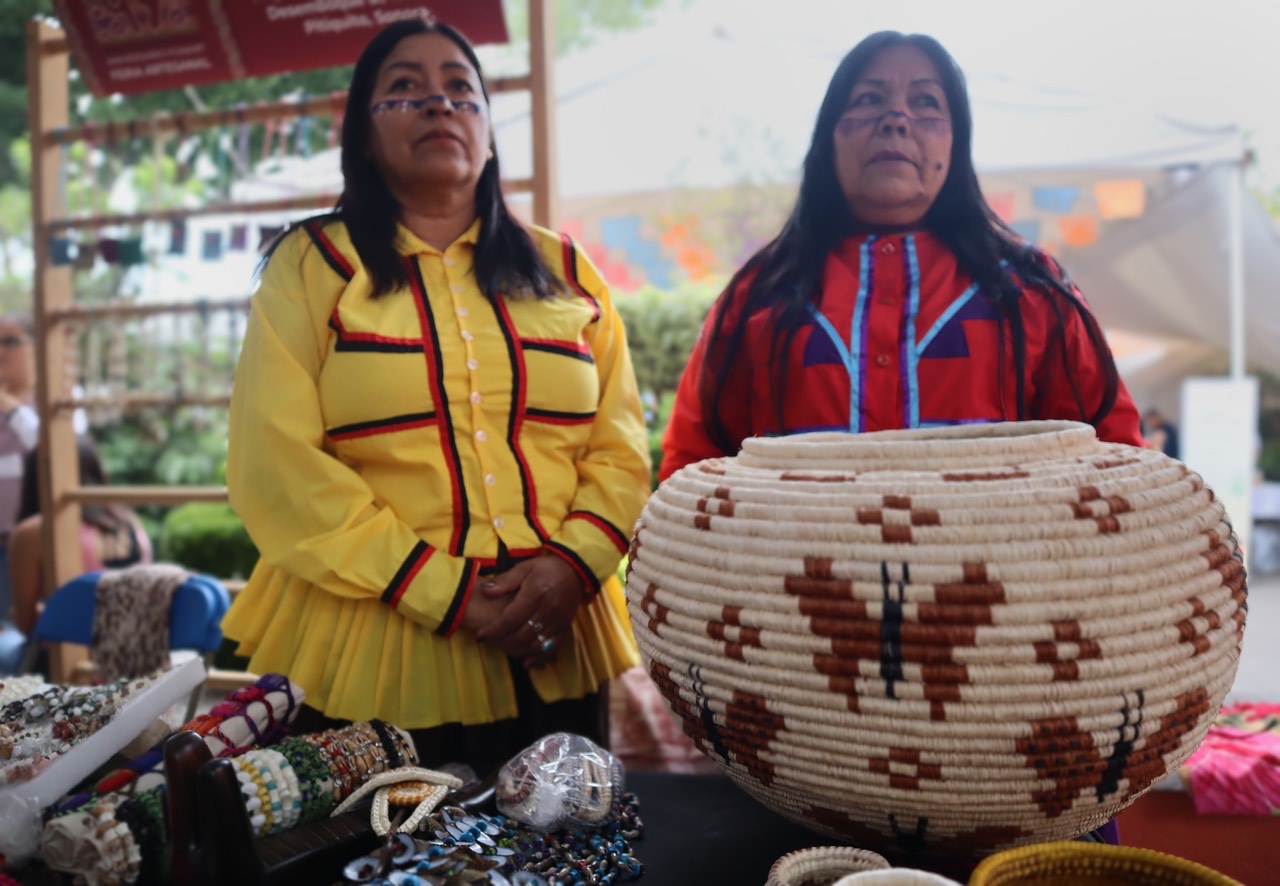Description
En México, desde el tiempo prehispánico, se aprovechan fibras naturales -como tule, palma, bejuco, ixtle, henequén, mimbre, cáñamo o pita- para elaborar objetos útiles o decorativos. Los artesanos recolectan estas fibras, las limpian, las secan y con ellas tejen petates, sombreros y canastos de todos tamaños, así como chiquihuites, colotes, tecolpetes, tancolotes o tenates para las tortillas.
Los petates, son algunas de las artesanías más representativas; piezas rectangulares, tejidas con palma que a lo largo de la historia han servido para dormir sobre ellos, para sentarse, o hincarse a moler. Hoy, siguen presentes en la mayoría de las casas mexicanas.
También destacan los canastos elaborados por los seris, un grupo étnico que habita en el norte. Ellos tejen coritas para uso cotidiano y unos canastos llamadas saptim, que son objetos ceremoniales cuya elaboración requiere hasta dos años de trabajo. Para su elaboración recolectan varas de torote y las tiñen usando anilinas o tintes extraídos de plantas. Con las tiras más gruesas arman “el alma del cesto” y lo recubren enrollando las tiras más blandas. Estas últimas las extraen del interior de las varas usando los dientes, los dedos y un punzón. El tejido queda tan cerrado que estas canastas pueden contener agua sin que se derrame el líquido. Puede admirarse una de estas canastas en el Museo Nacional de Antropología de la Ciudad de México.
Alma Rosa Montaño, Ana Alicia López y Mirna Francisca Herrera son tres artesanas de Punta Chueca, Sonora ganadoras del Segundo Concurso Nacional de Fibras Vegetales convocado por el Fondo Nacional de las Artesanías en 2009.
La pita es una fibra que se extrae de una bromelia. Los artesanos las separan y tuercen hasta formar hilos muy finos, con los que bordan -sombreros, monturas, trajes y cinturones de cuero-, siguiendo un dibujo realizado previamente con un cincel. Objetos bordados con pita se encuentran en el Museo de la Charrería, en el Museo Regional y Museo de Culturas Populares, ambos en Durango.
english
Natural Fiber and Baskets
In Mexico, since pre-Hispanic times, natural fibers such as tule, palm, vine, ixtle, henequen, wicker, hemp or pita have been used to make useful or decorative objects. The producers collect these fibers, clean them, dry them and use them to weave mats, hats and baskets of all sizes, as well as chiquihuites, colotes, tecolpetes, tancolotes or tenates for tortillas.
“Petates” are some of the most representative handicrafts; rectangular pieces, woven with palm that throughout history have been used to sleep on, to sit on, or to kneel to grind. Today, they are still present in most Mexican homes.
Also noteworthy are the baskets made by the Seris, an ethnic group that lives in the north. They weave coritas for everyday use and baskets called saptim, which are ceremonial objects that require up to two years of work to make. To make them, they collect bull sticks and dye them using anilines or dyes extracted from plants.
With the thicker strips, they assemble “the soul of the basket” and cover it by rolling the softer strips. The latter are extracted from the inside of the rods using their teeth, fingers, and an awl.
The fabric is so closed that these baskets can hold water without spilling the liquid. One of these baskets can be admired at the National Museum of Anthropology in Mexico City.
Alma Rosa Montaño, Ana Alicia López and Mirna Francisca Herrera are three artisans from Punta Chueca, Sonora who won the Second National Vegetable Fiber Contest organized by the National Fund for Crafts in 2009.
“Pita” is a fiber that is extracted from a bromeliad. The artisans separate them and twist them to form very fine threads, with which they embroider – hats, saddles, suits and leather belts – following a drawing previously made with a chisel. Objects embroidered with pita can be found in the Charrería Museum, the Regional Museum and the Museum of Popular Cultures, both in Durango state.


Reviews
There are no reviews yet.